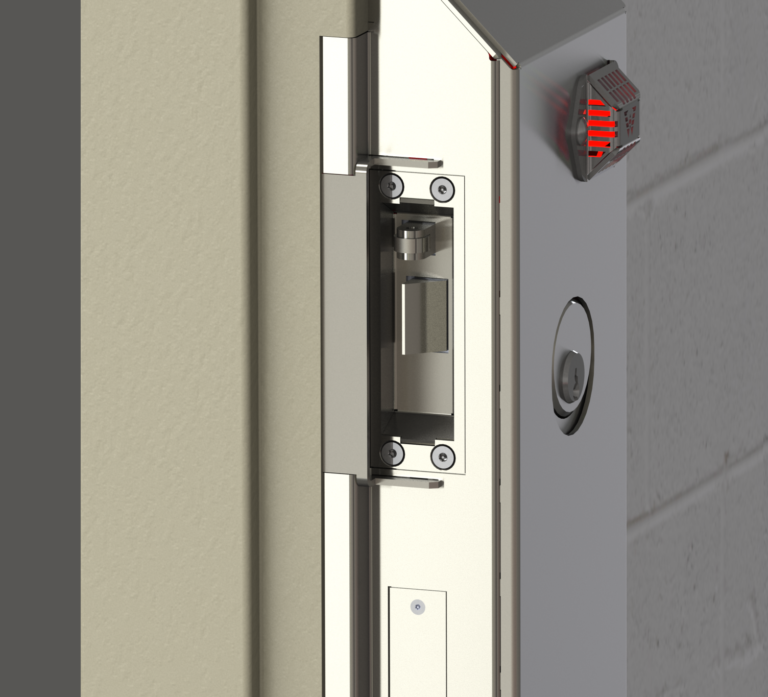Saline County Seeks Alternatives to Jail Overcrowding
SALINA, Kan. — Saline County Community Corrections officials continue to seek alternatives to address overcrowding at the county jail after voters rejected a proposal to build a $46.5 million justice center in 2014.
Saline County Commissioners appointed a Jail Population Reduction Committee more than a year ago to devise solutions that include innovative rehabilitation programming and pretrial bonding.
The county is currently responsible for housing approximately 280 inmates a day, almost 100 more than the 192-bed Saline County Jail can hold. As a result, inmates are transferred to other counties at a cost of $30 to $35 per inmate a day, which alone cost Saline County $886,860 last year not including transportation costs, reported the Salina Journal. That number is estimated to swell to more than $1 million this year.
Most of the inmates in Saline County custody are awaiting trial because they are not allowed to post bond, even though most detainees could be safely managed in the community during that time, Aaron Johnson, a Kansas native and expert on pretrial supervised bonding, told the Salina Journal. One solution that the Jail Population Reduction Committee is considering is creating a cashless bail system for inmates awaiting trial based on a risk assessment that factors in the severity of the inmate’s offense.
Bonding alone, however, cannot solve the jail’s overcrowding issues, which is why rehabilitation programs have also been put in place. Central Kansas Mental Health Center created a pilot program at the jail that produced an estimated savings of $140,247 last year, according to local news source KSAL.com. The program provided services to 15 soon-to-be-released inmates who did not return to jail within 90 days or longer.
The program also helped stabilize 17 inmates who were placed on intensive suicide watch and then returned to the general population. This new process helped the inmates be able to return to general population an average of two days earlier per inmate, which saved $4,368, reported KSAL.com.






